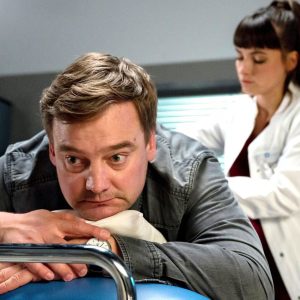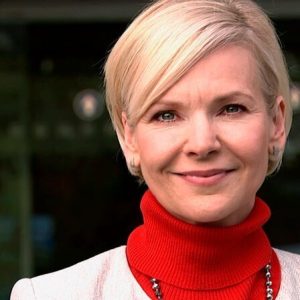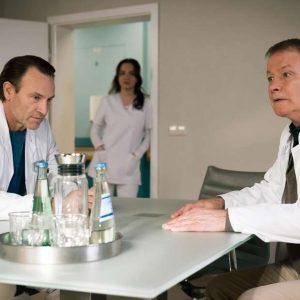In aller Freundschaft: Ganz oder gar nicht – Der Konflikt der Brüder
Spoiler Alert! This reveals major plot points of “In aller Freundschaft: Ganz oder gar nicht – Der Konflikt der Brüder.” Do not read if you want to avoid spoilers.
The film centers on a deep-seated conflict between two brothers, whose relationship is tested to its absolute limit. One brother, let’s call him Dr. Elias Brandt, is a highly respected and established surgeon at the Sachsenklinik, renowned for his skill and unwavering dedication to his patients. He represents stability and tradition, clinging to established medical practices. His younger brother, Dr. Maximilian Brandt, is the antithesis; a brilliant but somewhat reckless and rebellious doctor, pushing the boundaries of medical innovation with potentially controversial techniques. Their differing approaches create immediate friction within the hospital environment, straining their professional relationships with colleagues.
The central conflict revolves around a particularly challenging case, a patient with a rare and life-threatening condition. Elias, favoring a traditional, albeit risk-averse approach, believes in a specific, well-established procedure. Max, however, champions a revolutionary new technique, arguing that it offers a far higher chance of success despite its higher risk profile. This disagreement isn’t merely a professional debate; it deeply wounds their personal relationship, dredging up old resentments and long-buried family secrets.
The brothers’ opposing philosophies are mirrored in their personal lives. Elias has a seemingly perfect family life, but beneath the surface, a sense of underlying pressure and dissatisfaction simmers. Max, on the other hand, lives a more chaotic life, constantly pushing himself to his limits, both professionally and personally. The film explores the impact of their professional choices on their personal relationships; Elias’s carefully constructed world begins to crumble under the strain of his brother’s actions and the pressure of the complex medical case, while Max wrestles with the consequences of his choices.
The central patient’s condition worsens, creating a crisis point that forces the brothers to confront not only their professional differences but also the deep-seated issues in their sibling relationship. Their conflict intensifies, escalating into explosive confrontations that threaten not only the patient’s life but also their professional careers and family bonds. A pivotal moment occurs when a major complication arises during the surgery – a consequence of Max’s unorthodox method, or a critical error in Elias’s more conservative plan? The film keeps the audience guessing right until the dramatic climax.
The film explores themes of family loyalty, professional ethics, and the tension between tradition and innovation. It ultimately leads to a painful but necessary reckoning for both brothers. While we won’t reveal the exact outcome of the patient’s surgery or the final state of the brothers’ relationship, let’s just say that the path to reconciliation is fraught with emotional turbulence and difficult choices, requiring sacrifice and profound self-reflection. The ending, while not entirely happy, leaves a lingering sense of hope for the future, suggesting the possibility of a mended relationship and a deeper understanding between the brothers.





